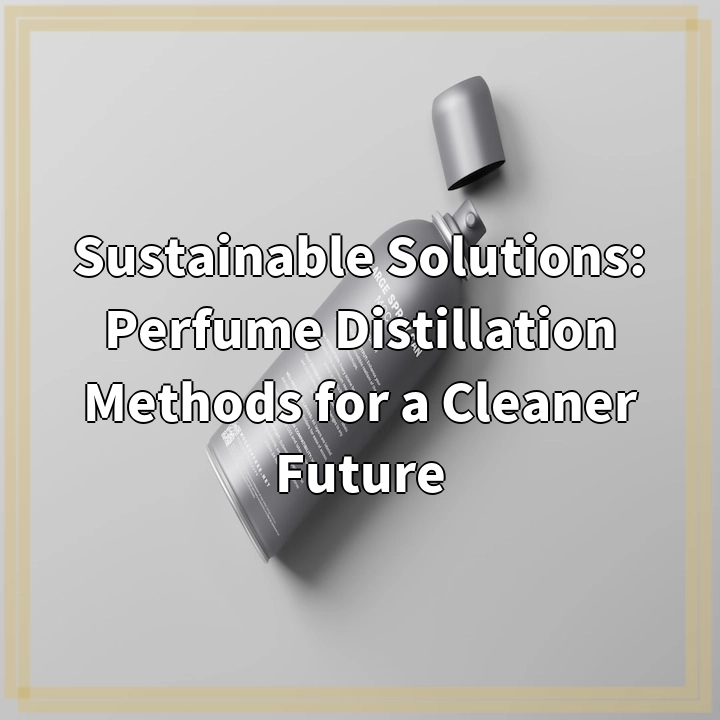
What it is:
Perfume distillation is the process of extracting aromatic compounds from natural ingredients to create fragrances. Traditionally, this process has been resource-intensive and potentially harmful to the environment due to the use of large amounts of water, energy, and chemicals. However, sustainable solutions are emerging to address these issues and pave the way for a cleaner future in the perfume industry.
Real-world problems:
1. Environmental impact: Conventional perfume distillation methods contribute to environmental damage through the excessive use of water and energy. Additionally, the chemicals used in the process can contaminate water resources and contribute to air pollution.
2. Deforestation and habitat loss: Many perfume ingredients are sourced from natural resources, leading to deforestation and habitat destruction. For instance, sandalwood and cedarwood, commonly used in perfumes, are often obtained from endangered tree species.
3. Chemical pollution: The use of synthetic chemicals in perfume production can result in pollution of water bodies, harming aquatic ecosystems and aquatic life forms.
4. Waste generation: The perfume industry generates substantial waste, including leftover plant materials, chemical waste, and packaging waste. Proper management and disposal of these waste streams are essential to minimize their environmental impact.
5. Carbon footprint: The production and distribution of perfumes contribute to greenhouse gas emissions, primarily through energy consumption and transportation. Reducing the carbon footprint is crucial to combat climate change.

Solutions for Sustainable Perfume Distillation:
1. Water and energy conservation: Implementing water-saving techniques, such as closed-loop systems and water recycling, can significantly reduce water consumption during the distillation process. Additionally, utilizing renewable energy sources, like solar or wind power, can help minimize the carbon footprint associated with energy use.
2. Ethical sourcing and biodiversity protection: Adopting sustainable sourcing practices, such as working with farmers who use responsible cultivation methods and supporting reforestation efforts, can help protect natural habitats and biodiversity. This involves promoting the use of sustainably harvested ingredients and avoiding those derived from endangered species.
3. Green chemistry and eco-friendly ingredients: Embracing green chemistry principles involves replacing harmful chemicals with biodegradable and non-toxic alternatives. Using natural and organic ingredients, derived from sustainable agricultural practices, can further reduce the environmental impact of perfume production.
4. Waste reduction and recycling: Implementing efficient waste management systems to minimize waste generation and maximize recycling and reuse is crucial. This includes proper segregation and disposal of waste materials, along with exploring innovative packaging solutions to reduce plastic and other non-recyclable materials.
5. Transparency and consumer education: Promoting transparency in the perfume industry by providing information about sustainable practices, ingredient sourcing, and manufacturing processes can empower consumers to make informed choices. Educating consumers about the environmental impact of perfume production and the benefits of choosing sustainably produced fragrances can drive demand for eco-friendly options.















